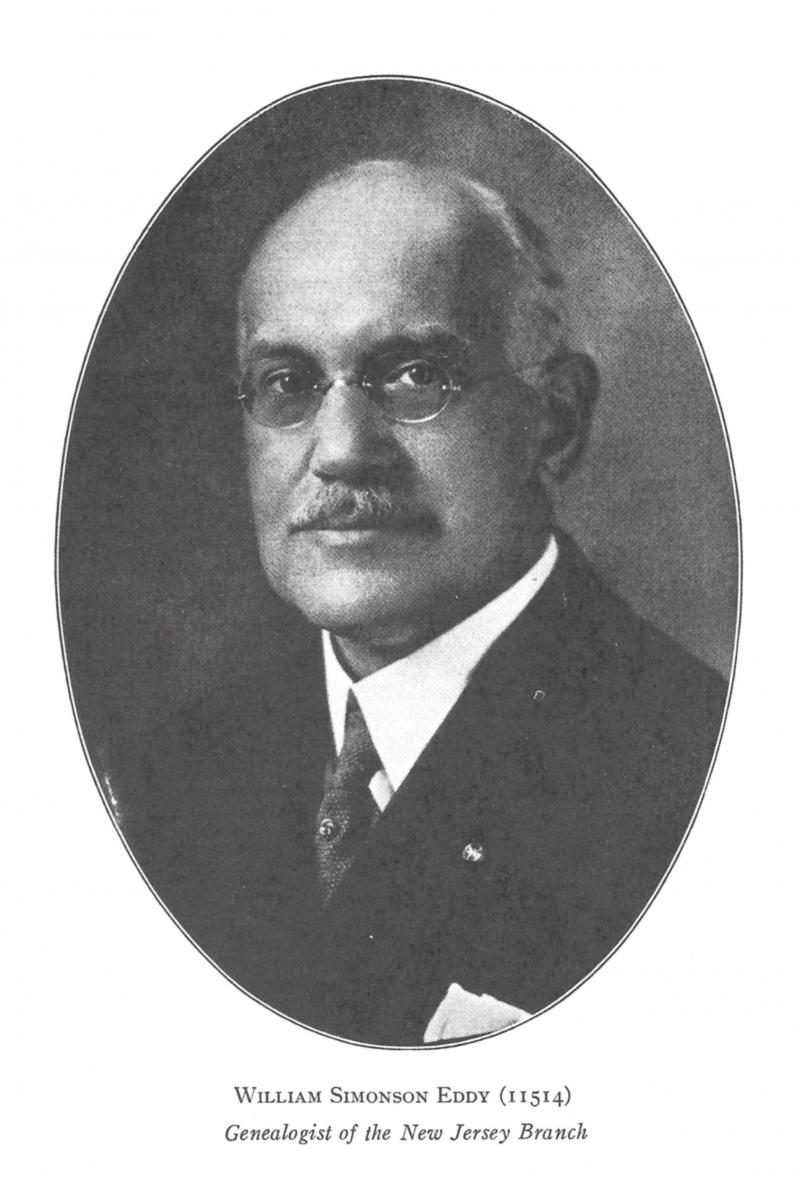John of Woodbridge, NJ was born in the early 1670’s in Scotland. We have never identified original documentation, but it's possible he may have come from the County of Aberdeen.
He was married to Elizabeth Edwards, his first wife, on March 31, 1706 by a Justice of the Peace at Woodbridge, NJ. Elizabeth was born in the Parish of Haddington near Edinburgh, in East Lothian, and her parentage is well documented. After Elizabeth died he married Janet in a church near his farm in Pennsylvania. Janet also has a documented Scottish line.
John and Elizabeth lived for a period of at least three decades in a section of Colonial East Jersey known as the “Outerbounds of Woodbridge,” which includes Woodbridge and several smaller towns west of the colonial port of Perth Amboy. It is thought he arrived at Perth Amboy alone, as a young child, sent as an indentured servant for the English Gach or Gage family. He resided in their household for many years. The head of the Gach household was a Judge for British Colonial New Jersey. This trusted young man was witness to many Jersey events that are corroborated with entries published in a series of books titled The Archives of Colonial New Jersey. In fact, John of Woodbridge became so trusted by the Gage/Gach family that one of his sons, James Eddey, married the granddaughter of the man to whom John was indentured. James Eddey's name appears frequently in The Archives of Colonial New Jersey.
John of Woodbridge farmed in NJ until middle age when he removed himself to the Scottish settlement known as the Manor of Maske located near Gettysburg, Pennsylvania. The Manor of Maske was also referred to as the Marsh Creek Settlement. Many years later, during the Civil War, John of Woodbridge's farm would find itself near the center of the Battle of Gettysburg.
Although most of his sons moved to the Manor of Maske with him, James stayed in NJ and farmed land purchased from his father, as well as land provided by his wife’s family - the Bloodgoods and the Gachs. Many years ago John of Woodbridge's will was discovered in the basement of the York County Archives. (At the time of his death the Marsh Creek or Manor of Maske and Gettysburg were in York County. Now, that area is Adams County.) As shown in his last will and testament John of Woodbridge married one more time, after the death of Elizabeth. Both wives are memorialized in his will.
John of Woodbridge was illiterate. He signed his will with an X. We know that his third child, James, learned to read and may have been the first to use the EDDEY spelling. Most of his descendants that remained in NJ or moved across Arthur Kill to Staten Island continued to use the EDDEY spelling.
However, all of John's sons who moved with him to Pennsylvania's Marsh Creek Settlement - and then later further west to the mid west - used the EDDY spelling. Some later descendants from Staten Island reverted to the Eddy spelling, including William Simonson Eddy. Every descendant of John of Woodbridge would do well to read about the early history of the Manor of Maske or Marsh Creek Settlement and understand the complex relationship this community of Scottish settlers had with the provincial government of Pennsylvania.
William Simonson Eddy, shown above, was a genealogist for the John of Woodbridge line. In 1921 he was elected one of several Vice Presidents of the Eddy Family Association, a year after the organization was established. William Simonson Eddy was a world renowned Illuminator; his mentor was Amalie Ritterhoff. Their studio was located in the Wall Street area of NYC. An article about him can be found on page 1918 of the November 2018 edition of the Eddy Family Association Bulletin. William Simonson Eddy originally thought that John Eddy of Newport may have been the father of John of Woodbridge; however, on page 51 of the EFA 1930 volume, Ruth Story Devereux Eddy clearly proves with two deeds that she found that he was not part of the William line.
DNA research on John of Woodbridge can be found on the DNA Genealogy page.

